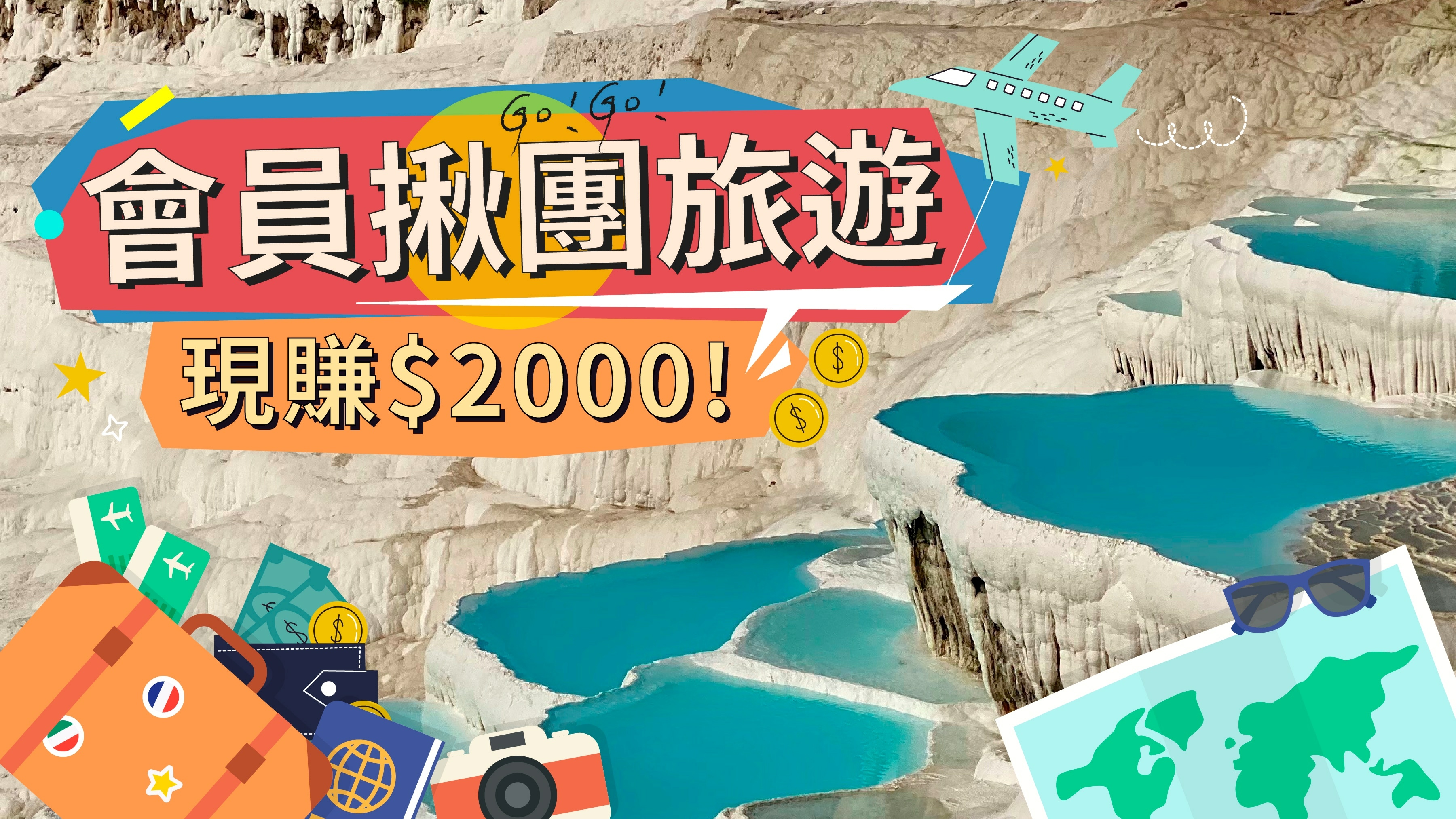精英翻譯出自 http://iservice.ltn.com.tw/Service/english
◎李信漢
Floating refuse reveals ocean currents that in turn show where the world’s oceans mix and where they stay relatively discrete.
海洋漂浮垃圾揭露洋流走向,同時也指出世界海洋板塊在哪裡接合、在哪裡分開。
At some point, we all had to memorize the names of Earth’s oceans. But in reality all this water is connected. So how do we know where one body begins and another ends? Just follow the trash—because the location of seafaring garbage can be used to define the oceans’ borders.
有些時候,我們必須記住地球上的海洋名字。但事實上,這些海域全部相連。如此說來,我們如何知道海洋板塊從從哪裡開始、到哪裡結束?只要跟著海洋垃圾走──因為海洋垃圾的位置可以用來界定海洋板塊的邊界。
Historically speaking, the planet’s waters have been partitioned into discrete oceans for reasons that are geographical, historical, even cultural. To approach the problem from a more anatomical perspective, researchers came up with a model of how surface waters move. Which is where the rubbish comes in. Flotillas of flotsam are formed by currents that gather the garbage in large floating patches. But the currents also create barriers that minimize mixing between different ocean regions.
以歷史觀點來說,地球上的幾個海域是基於地理的、歷史的,甚至是文化的理由而區分。以更傾向解剖學的觀點來看這個問題,研究人員提出一套觀察表面水層如何流動的模型。也就是海洋垃圾從哪裡進來。漂浮垃圾是經由洋流聚集大量漂流物而來。但洋流也創造了障礙,將不同海域之間的接合最小化。


 留言列表
留言列表



 {{ article.title }}
{{ article.title }}